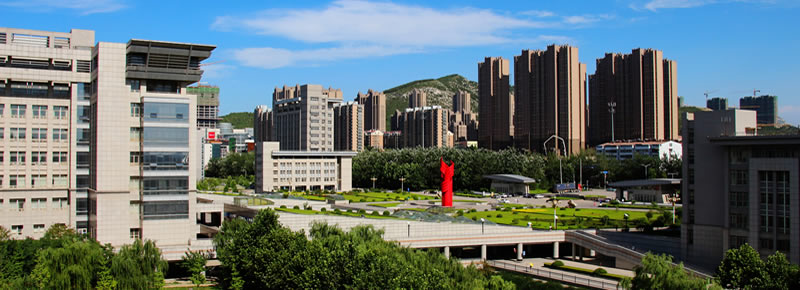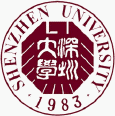Abstract
Corrosion products, forming on steel bar in cementitious material, can lead to concrete cracking. Clear the transportation of corrosion products is of great significance to predict corrosion-induced structural deterioration. This study investigates the corrosion products in steel-reinforced concrete specimen. By Raman spectroscopy and SEM method, the chemical constituents and micromorphology of corrosion products at steel-concrete interface as well as those inside the pore of cement paste are investigated. The proportion of corrosion products filling into the cement paste is determined by EDTA titration method. The results reveal that corrosion products diffuse in forms of ion in solution under chloride-rich environment, and the mechanisms of corrosion products filling is explained from physicochemical view.
Keywords
Cementitious material, Steel bar, Corrosion products, Filling, Raman spectroscopy, SEM, Titration method
Recommended Citation
Wang, Yuzhou, "The transportation of corrosion products in cementitious material under chloride-rich environment" (2022). International Conference on Durability of Concrete Structures. 3.
https://docs.lib.purdue.edu/icdcs/2022/parti/3
Included in
The transportation of corrosion products in cementitious material under chloride-rich environment
Corrosion products, forming on steel bar in cementitious material, can lead to concrete cracking. Clear the transportation of corrosion products is of great significance to predict corrosion-induced structural deterioration. This study investigates the corrosion products in steel-reinforced concrete specimen. By Raman spectroscopy and SEM method, the chemical constituents and micromorphology of corrosion products at steel-concrete interface as well as those inside the pore of cement paste are investigated. The proportion of corrosion products filling into the cement paste is determined by EDTA titration method. The results reveal that corrosion products diffuse in forms of ion in solution under chloride-rich environment, and the mechanisms of corrosion products filling is explained from physicochemical view.





